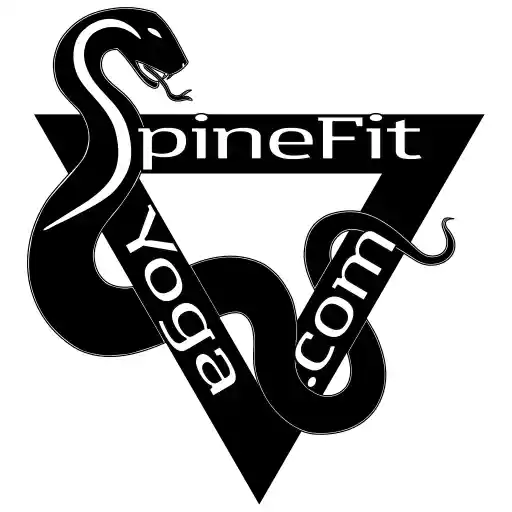Abstract
OBJECTIVE:
To determine whether repeated motion with low magnitude joint forces, and flexion/extension moments consistently produce herniation in a non-degenerated, controlled porcine spine motion segment.
DESIGN:
Combined loading (flexion/extension motions and compressive forces) was applied to in vitro porcine functional spinal units. Biomechanical and radiographic characteristics were documented.
BACKGROUND:
While most studies performed in vitro have examined uniaxial or fixed position loading to older specimens, there have been few studies that have examined whether ‘healthy’ intervertebral discs can be injured by low magnitude repeated combined loading.
METHODS:
Porcine cervical spine motion segments (C3-C4) were mounted in a custom jig which applied axial compressive loads with pure flexion/extension moments. Dynamic testing was conducted to a maximum of 86400 bending cycles at a rate of 1 Hz with simultaneous torques, angular rotations, axial deformations recorded for the duration of the test.
RESULTS:
Herniation (posterior and posterior-lateral regions of the annulus) occurred with relatively modest joint compression but with highly repetitive flexion/extension moments. Increased magnitudes of axial compressive force resulted in more frequent and more severe disc injuries.
CONCLUSIONS:
The results support the notion that intervertebral disc herniation may be more linked to repeated flexion extension motions than applied joint compression, at least with younger, non-degenerated specimens. Relevance. While intervertebral disc herniations are observed clinically, consistent reproduction of this injury in the laboratory has been elusive. This study was designed to examine the biomechanical response and failure mechanics of spine motion segments to highly repetitive low magnitude complex loading.
My comments:
This was one of the earlier studies done that really figured out how spinal discs herniate and built upon the prior work of Gordon et al. Gordon was one of the first to be able to reliably produce lumbar herniations in the lab through a combination of compression, and repeated spine flexion and rotation. It’s interesting because prior to this, researchers were unable to get spines to herniate in the lab like they would see clinically with patients. Callaghan and McGill did so with just flexion and extension with varying levels of compression. What they found was with just 260 N of compression there were no disc herniations in 83700 cycles. At 867 N all discs herniated with an average of 70550 cycles. With 1472 N 3 out of 4 discs failed with a disc herniation while the 4th failed with an end plate failure, with an average of only 34974 cycles. What both studies found was that discs didn’t herniate from large forces, but rather high repetitions of moderate loads.
The above is still quite technical, so I’ll translate to layman’s terms: the spinal discs are like built like a jelly donut with a tough outer ring and a fluid core. If you bend the discs back and forth a lot with no load they hold up. If you combine that with some compressive force, eventually the jelly will work its way towards the opposite side you are bending (generally forward) bulging your donut/disc towards the rear (known as a disc protrusion). This causes back or neck pain. Eventually the jelly squirts out the back of the donut (disc extrusion or herniation) often causing severe back and neck pain that often radiates into the arms or legs. This then leaves you with a flattened donut/disc predisposing you to arthritic changes in the spine, which is another problem.
The bad thing is that it does take thousands of cycles to cause initial injury, allowing people to get away with bad postures and movement patterns for a long time (often decades), then once the pain starts it seems to come from nowhere at which point those bad habits are hard, though necessary, to break.
Current physical therapy treatments for back and neck pain therefore have to address and lessen spinal motions throughout the day, and increase use of the hips, knees, and shoulders to spare the spine. Also generally needed is an increase total body fitness so that people have both the strength and endurance to maintain proper spine alignment (avoiding the above spine motions that cause disc herniations) all day long allowing tissues to heal. The exercises serve double duty by teaching proper motor control while they increase fitness. In addition, when properly applied, EMS is a powerful adjunct at both increasing core strength and endurance while immediately decreasing pain.
Updated: 1/25/2016
Thanks for reading my blog. If you have any questions or comments (even hostile ones) please don’t hesitate to ask/share. If you’re reading one of my older blogs, perhaps unrelated to neck or back pain, and it helps you, please remember SpineFit Yoga for you or someone you know in the future.
Chad Reilly is a Physical Therapist, obtaining his Master’s in Physical Therapy from Northern Arizona University. He graduated Summa Cum Laude with a B.S. Exercise Science also from NAU. He is a Certified Strength and Conditioning Specialist, and holds a USA Weightlifting Club Coach Certification as well as a NASM Personal Training Certificate. Chad completed his Yoga Teacher Training at Sampoorna Yoga in Goa, India.

Leave a Reply